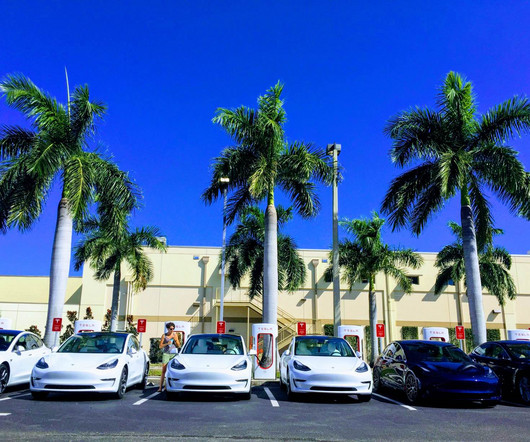Husker Engineers Earn Grant To Protect Military Bases Against EV-Based Attacks
CleanTechnica EVs
JUNE 21, 2023
Most are watching the gradual shift from gas-powered to electric vehicles through the mirrors of the environment, climate or automotive industry. That shift has introduced a different issue, and a new challenge, for the University of Nebraska–Lincoln’s Cody Stolle and his colleagues at the Midwest Roadside Safety Facility.














Let's personalize your content